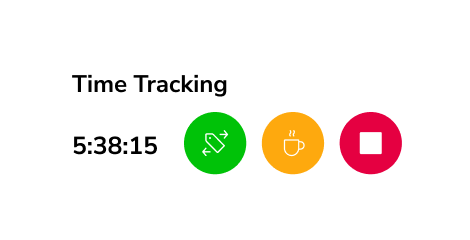CTA overpaid $1M in remote work time abuse

The Chicago Transit Authority (CTA) paid over $1 million USD to ten employees for remote work that could not be completed from home, as reported by WTTW on May 28, 2025.
According to a watchdog report commissioned by the Office of Executive Inspector General (OEIG), there was severe mismanagement of remote work policies, including staff in roles requiring physical presence being asked to work from home on full pay.
The OEIG’s investigation was initially triggered by findings of unauthorized personnel access to secure CTA facilities. During this probe, investigators uncovered that vault operations employees were scheduled to work remotely multiple days each week, despite their duties requiring physical presence.
Between March 2020 and February 2025, ten CTA vault operations employees were paid a total of $1,129,299.12 USD for 31,467 hours of remote work, despite their roles necessitating on-site presence to handle and process cash.
One former employee told investigators, “There was nothing for us to do at home,” as their main tasks involved processing money, “and we couldn’t take the money home.”
CTA’s Response
The OEIG report states, “Multiple documents and interviews confirmed that the Vault Operations employees could not perform any of their duties remotely even though the Telework Policy required work duties to be able to be conducted from home.”
In response to the findings, a CTA spokesperson stated that the agency took “immediate action” upon notification of the issue and “fully cooperated” with the OEIG investigation, agreeing to implement “all the resulting recommendations to strengthen its policies and practices.”
The spokesperson emphasized that the issues were limited to a small group of ten individuals out of the CTA’s 11,400 employees, and that the employees who mismanaged this group no longer work at the CTA.
Implications of Remote Work Time Abuse
This misuse of remote work arrangements exposes significant gaps in managerial oversight within the CTA. The OEIG report emphasizes, “Giving away over a million dollars is significant waste, but it is equally concerning that multiple managers knew this was taking place.”
The failure to enforce the agency’s telework policy resulted in continued payments for unperformed work, raising concerns about accountability and the effective use of public funds.
This incident highlights a key gap in employee management and oversight. As the world adapts to a post-pandemic world where remote working has become the norm, organizations need to consider how they will manage the challenges of a growing remote workforce.
Digital Solutions
Technological solutions are becoming common for managers who oversee remote work. Geofencing software allows organizations to restrict where employees can clock in so that resource management is aware of worker locations at all times.
Facial recognition tools help verify that the person working is the assigned employee, and many organizations are already using screenshot monitoring to provide periodic visual records of remote worker’s activity.
Related Content:
Employee Monitoring Evasion Tactics in the Age of Remote Work
A Guide to Employee Monitoring in the US
Artificial Intelligence to shake up Employee Monitoring



